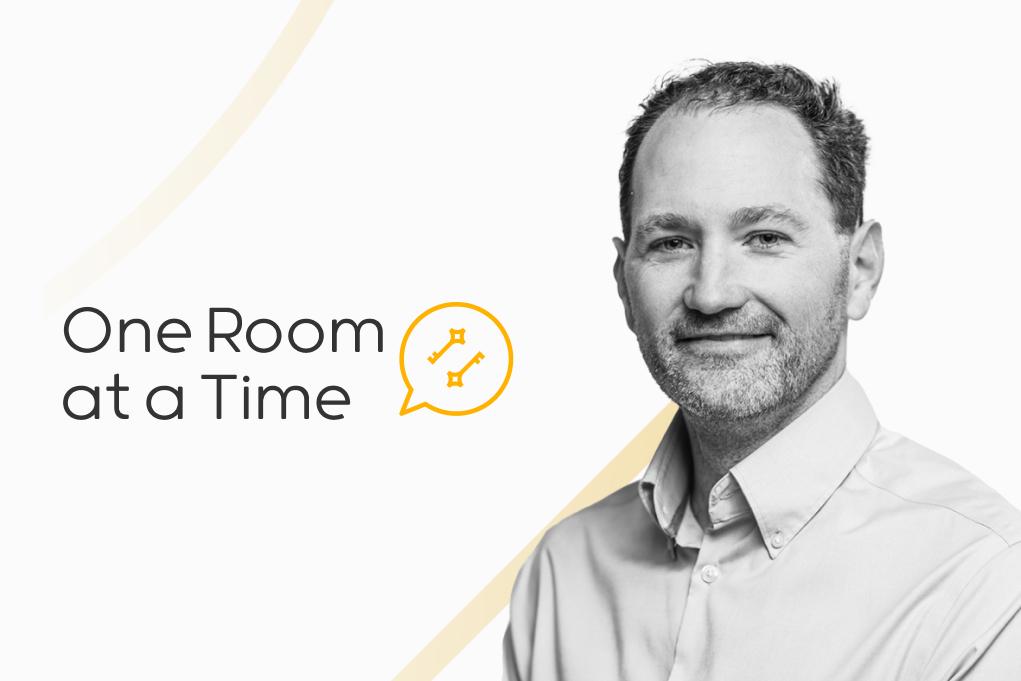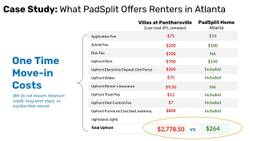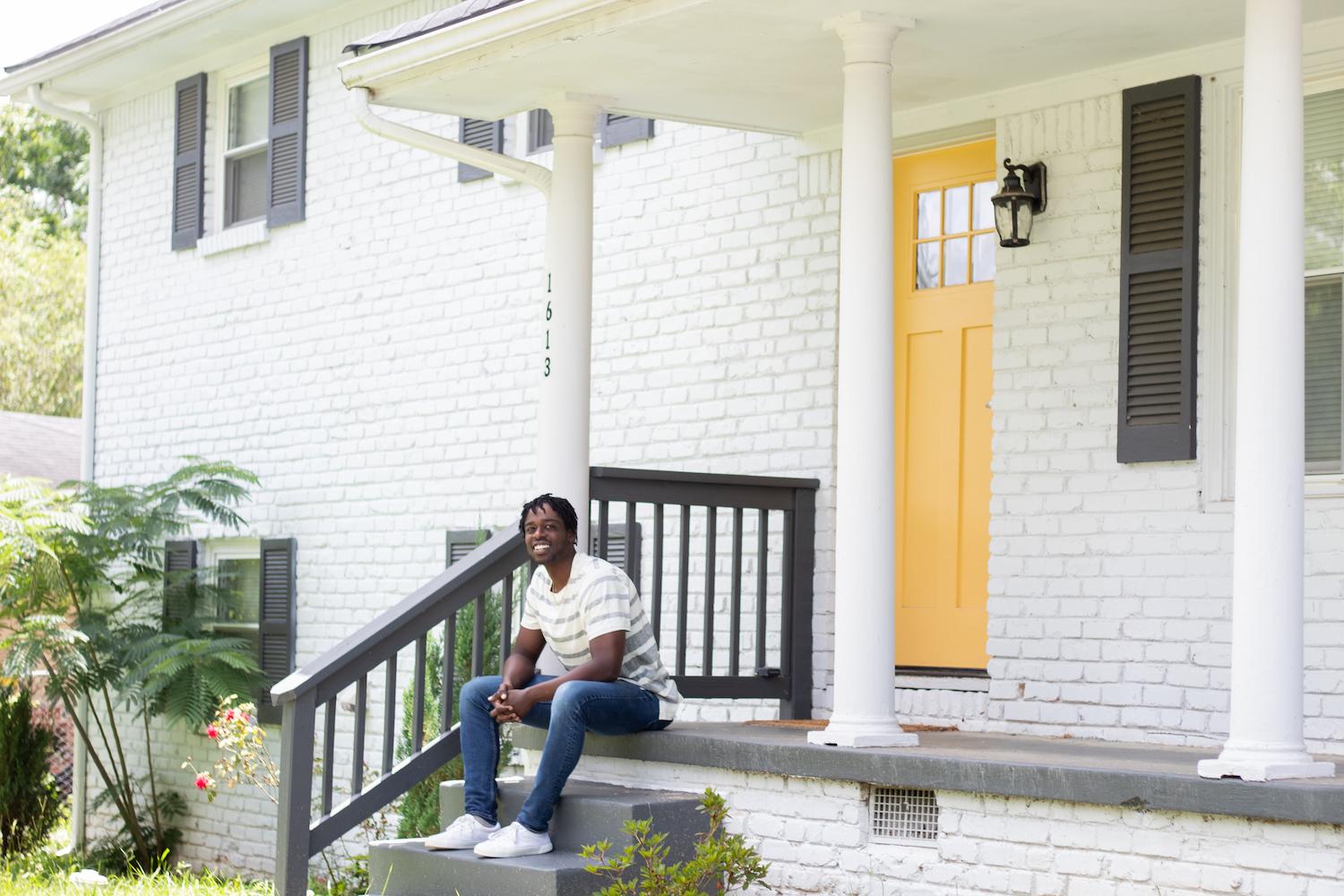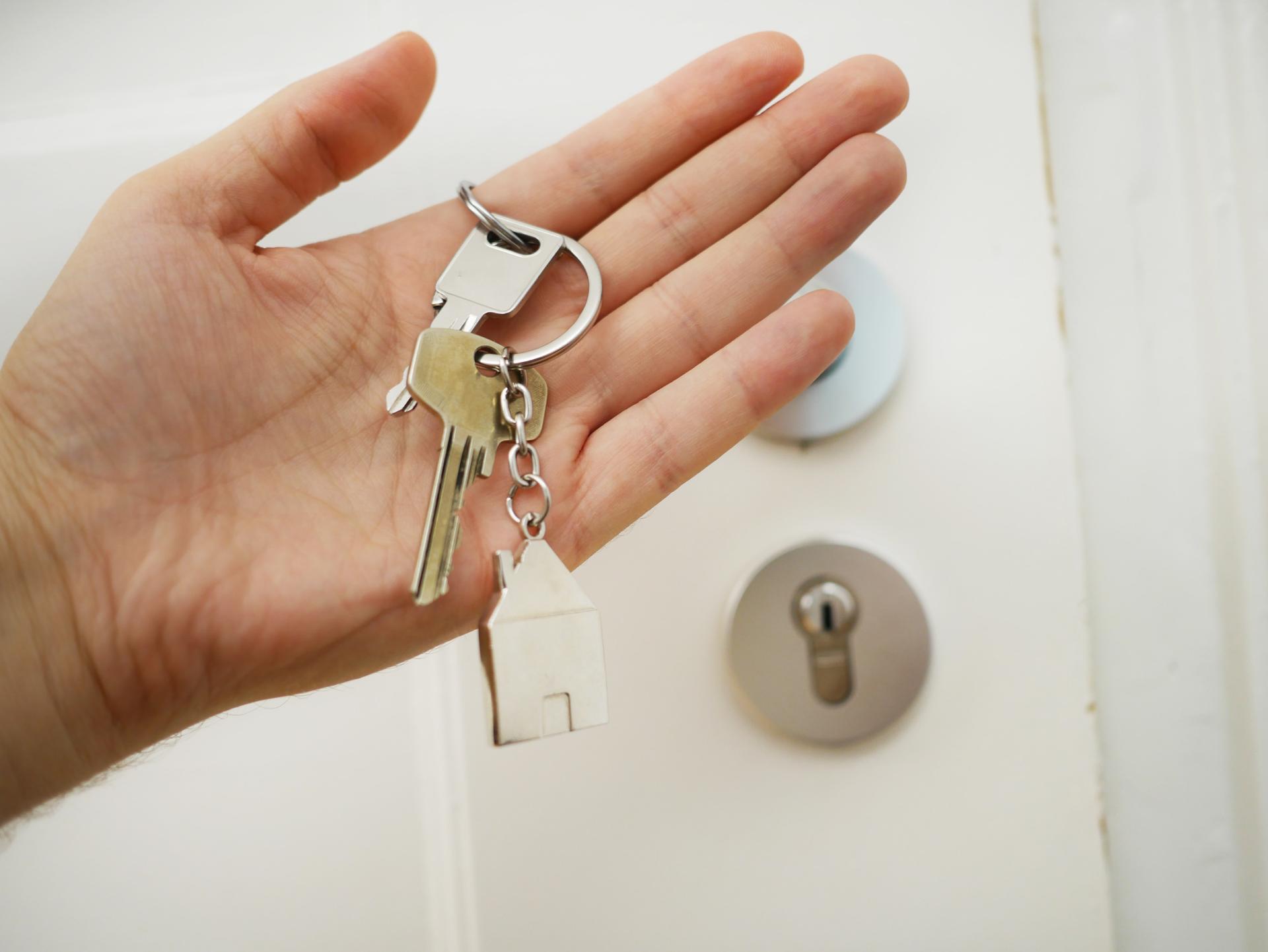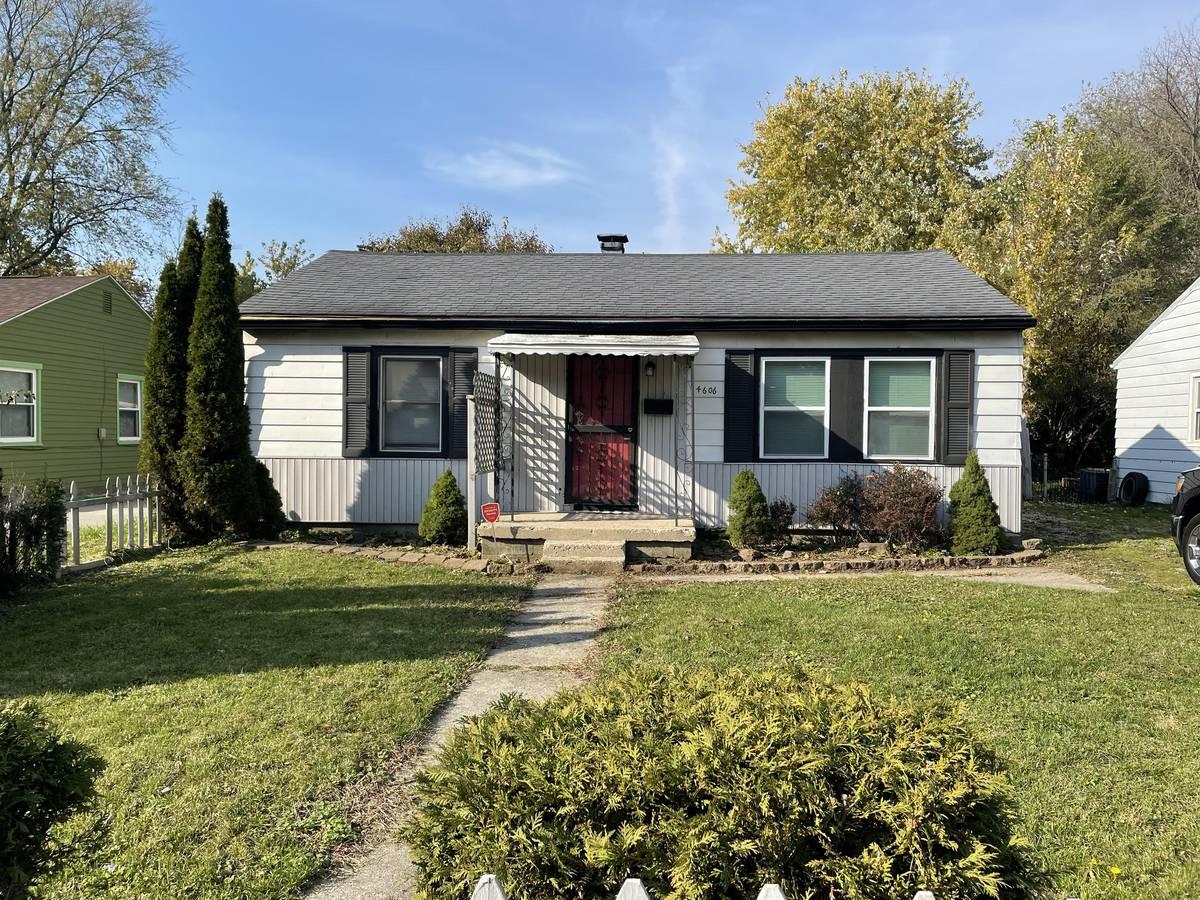For most of the last decade, just about anything published regarding the housing crisis in the U.S. stresses lack of supply as the underlying cause of declining affordability. And these sources are right… mostly.
With almost 20 years working on the frontlines of affordable housing, I’ve been surprised by how many people, even longtime housing experts, miss an equally important cause of our current crisis: access.
When I say “access,” I’m referring to the ability of a prospective consumer to actually make it through the myriad of artificial barriers that prevent them from a desired housing option. Access is related to the supply problem in that market forces generally, but not always, reduce these upfront barriers. For instance, when I purchased my first home in 2003 for $128,000, I was basically a kid (23 years old), earning $30k/year, yet could immediately qualify for a 100% mortgage with only around $3,000 total out of pocket. My credit was decent but not great. From the time I realized I should consider buying versus renting to the time I was under contract on the house, it was a total of only five days!
My access to be able to purchase that home changed the course of my life and served as both a jumping-off point for my entrepreneurial career two years later, as well as a financial refuge when I was confronted with business failure twice more. To say that I was lucky is a gross understatement.
There is almost no way that I could find similar access to housing opportunities today. The prevailing wisdom coming out of the great financial crisis was that more barriers to entry should exist to improve mortgage underwriting, and the result (regardless of whether you think it’s right or wrong) was that anyone in my situation in 2003 wouldn’t have a shot at finding the same opportunity in 2024. Lack of adequate housing supply still plays a role, but a 20% down payment requirement and more stringent underwriting would have still precluded me from even qualifying to buy the same house.
I’m not making a case about whether I should have been able to purchase that home, or whether people should be able to do so today. What I can say is that my road to a successful entrepreneurial career and financial independence would be exponentially harder today than it was then, which is undeniable.
“Access” has become much harder
What I hope we can agree on is that a 23-year-old earning $30k today should at least be able to access some housing options, even renting. But this just isn’t the case in most U.S. cities. Yes, housing costs have exploded in recent years, in large part because of the supply problem. But when access to these already expensive housing options requires an income equal to 3x the rent and an upfront payment of the 1st month, plus a deposit, application and administrative fees, plus utility deposits, the likelihood of finding any traditional housing option in the current market becomes almost impossible.
To illustrate the current predicament, a couple of months ago, we evaluated the cheapest available apartment in my county in metro Atlanta. A one-bedroom was available for only $700/month, which seems like a steal until you research to find that this particular complex was rated by the Atlanta Journal-Constitution among the worst of the “Dangerous Dwellings” in the metro area. For perspective, between 2017 and July 2023, the complex saw 171 crimes, including 23 aggravated assaults, three robberies, four rapes, and two arsons. But even when we dismiss the quality and safety concerns, we’re still confronted with the fact that just to access this “Dangerous Dwelling,” I would be required to earn at least $25k/year or $12/hour (GA minimum wage is $7.25), and I’d need to come up with more than $2,700 between upfront rent and fees… or about the same amount of money I needed to buy my house in 2003. Again, this was the cheapest apartment in the entire county of 700,000 people.
Building more apartment supply, even new “affordable” apartments, won’t fix the access problem. Vacant apartments in an oversupplied market certainly drive down prices. But housing providers maintain underwriting standards just like mortgage companies, regardless of market conditions.
Why? The simple answer is risk.
The Realities of Risk
The cost of evicting a tenant or vandalism to a housing unit often far exceeds the benefit of renting that unit at any price to an applicant deemed “high risk.” Any property manager or landlord who has been in the housing business for any length of time has likely had to endure these costs at some point, and the residual scars of the experience persist long after a defaulted tenant has vacated the unit.
While there are certainly slumlords and unethical housing providers out there as well, my personal experience is that these risks are almost universally feared, and for good reason. My neighbor across the street had a tenant who, after going through a months-long eviction process, decided to use a commercial paint sprayer to paint every surface inside the home dark gray before vacating in the middle of the night. Windows, flooring, subway tile, bathtub… even inside the washer and dryer and all kitchen appliances. I’ve personally had to file for a $46,000 insurance claim after an evicted tenant destroyed one of my homes and even stole the appliances and all the copper pipes and wiring inside the home.
These examples illustrate how providing rental housing is not for the faint of heart, and most housing providers are cynical for a reason. Just like there’s a relationship between housing supply and housing cost, there’s also a relationship between access to housing and the perceived risk.
Some of these risks are absolutely real; some are based on quantitative data; and some are based on anecdotal experiences like those outlined above. I have yet to meet a property manager who doesn’t stress “resident screening” as the most important aspect of management. But what I’ve also learned over the course of my career, and in my own housing journey, is that the measures housing providers often use to assess risk or prevent bad experiences are neither effective nor equitable, and they prevent a massive portion of the population from accessing any housing option. As an example, minimum FICO scores are a nearly ubiquitous requirement for apartment rentals, but very rarely (and only in the last couple of years) have included any rental payment history from the applicant. That just doesn’t make sense.
But we also can’t ignore the cost of these risks if we want to improve housing access.
Why does almost any apartment require a deposit?
For the same reason that mortgages today require a significantly higher down payment than they did before the financial crisis. These requirements are designed to exclude a larger portion of applicants who have less available cash.
Does that make them higher risk? Perhaps.
Does a one-month deposit actually prevent damage to a rental property or really give a tenant “skin in the game” as housing providers expect? I’ve never found this to be the case; and the amount certainly doesn’t come close to covering the horror stories outlined above, or even a standard eviction process which can easily become five figures between lost rent, attorney fees, court costs, and then the necessary repair costs to re-occupy the property. While housing providers may like to imagine a world where they can simply ask a defaulting tenant to vacate a property and expect reasonably prompt compliance, this isn’t the world we live in.
Incentives minimize risk
Most of us, whether rich or poor, are motivated by incentives. I would certainly expect that if I, or you, were a low-income tenant facing eviction, we would hold out as long as possible to keep a roof over our family’s heads while saving for another housing option. Our postponement of the inevitable eviction would certainly add additional costs for the housing provider. Longer timelines for eviction proceedings like we saw during COVID would further postpone our move-out, and add more lost income for the housing provider. Is the increased potential judgment truly an incentive for us to leave earlier? I don’t think so. At some point, the dollar amount becomes so large that it doesn’t matter. At $12/hour, a mountain of debt that’s $20k high doesn’t look that much taller than one that’s only $10k. Either one seems impossible.
So how can we create access and remove barriers to entry while addressing these underlying and legitimate concerns about risk?
First, we need to understand that risk is countered by potential reward. As humans are all creatures of incentive, housing providers are more likely to remove barriers to entry if there is a significant reward for doing so.
Second, if we can figure out which housing practices actually reduce the risks of tenant default, lengthy evictions, or costly repairs, we can prove that higher barriers to entry are unnecessary.
How PadSplit increases access while reducing risk
Many people think the company I founded, PadSplit, is simply a co-living marketplace. But what underpins the company is actually the reimagining of systems that would align incentives between renters and housing providers to increase rewards & reduce risks so that barriers to entry would be removed. After 25,000 resident stays over six years, we’ve definitively proven how to effectively create access to housing without significant barriers to entry.
For perspective, the current median income of a PadSplit resident is $27k/year; but we can underwrite applicants earning under $12k/year, like retirees earning only social security income.
Whereas typical property managers require 3x the rent as an income requirement, we only require 2x earned income and 1.5x fixed income.
There are no upfront deposits.
There is no minimum credit score requirement.
The median cost to move into a unit across over 10,000 options spanning 20+ cities is only $265.
Take a look at how accessing an existing PadSplit room compares to the cheapest apartment in DeKalb County.
In spite of removing nearly every major barrier to entry to housing, our combined rate of holdovers + evictions is only 2.6% of residents, which is well below the market average in most of our markets, and all the ones on this list. Our effective collections rate (collected $/billed rent) has never dropped below 97% in six years; and we have not used any public subsidy dollars or vouchers to date, saving taxpayers billions of dollars for what they’d have to contribute to house the same amount of people
These results have been confounding to most longtime housing providers, many of whom remain highly skeptical. But since we are a marketplace, we rely on thirty-party housing providers to use our platform. We’ve only been able to grow and expand to 10,000 units over a six-year period because we’ve proven to those housing providers that our model is effective, and more profitable than their traditional methods.
If we were not able to demonstrate to our more than 600 housing providers (whom we refer to as “hosts”) that we could reduce the risk of costly evictions or repairs while dramatically reducing barriers to entry, they simply would not do business with us. Instead, of the hosts that have spent at least 1 year on our platform, 62% have expanded to do additional PadSplit properties.
The Secret Sauce
Like those property managers always told you, screening does matter, and we’ve used a lot of data to build out a proprietary screening model that focuses on key risk factors. But we only deployed this model last year, so while it’s effective at reducing incremental risk, it hasn’t been our most utilized tool. We have always cared about identity verification and income verification. Even our earliest data models showed an increased risk for applicants with more than two evictions (but virtually no increased risk for those with only one). But I believe the most effective thing we’ve done by far had nothing to do with screening and everything to do with understanding our residents.
Nearly the entire rental housing industry, even those in public housing or subsidized housing serving the lowest income customers, provides unfurnished homes or apartments and expects the residents to set up and pay for their own utilities and furniture. Then they expect these residents, who we already acknowledge are likely living paycheck to paycheck, to budget and prioritize their various payments around a due date between the 1st to the 5th of every month.
There’s just one problem.
What day of the week is it?
That’s not just my ADHD talking. I’m betting that wherever or whenever you are reading this, you can almost certainly tell me what day of the week today is. Now what if I asked you what day of the week the 1st or the 5th of next month falls on? Unless it’s right around the corner, I’m betting it took you much longer to think of that answer. If I add the complexity of four or five or even six other monthly bills for utilities and other housing-related costs, all due on their own monthly calendars, it should surprise no one that the rates of delinquency and default are as high as they are.
However, if a resident only has one bill, that includes all their housing-related costs; and it falls on the same day of the week every week, they are much more likely to pay it on time. In my experience, residents usually have an incredibly strong incentive to pay their housing bill. We just have to make it easier for them to do.
I should mention that PadSplit also enables residents to customize their billing date, so they can align it with their payday, or simply pay on a weekly basis.
More than anything else, the combination of including utilities and furniture (we even include payment reporting to credit bureaus and access to telemedicine) and enabling weekly or per payday billing has been the biggest factor in reducing the risk of default, and proving to our hosts that we can reduce the barriers to entry they would normally enforce.
We also show our hosts how a co-living model can substantially increase their earnings potential, and give them that “reward” to incentivize adoption. But we require them to include furniture and utilities, which they would almost certainly not do otherwise. And we set our own qualifying criteria for residents that are based on thousands of data points rather than anecdotal horror stories, real as they may be. To be fair, there are a number of other advantages of a co-living model, not the least of which is overall affordability, that have likely contributed to our success thus far in decreasing the risks of default or repairs, but those topics are for a different article.
One of the most important things I’ve learned over my time at PadSplit is that if we really want to improve access to housing opportunities, we should start by understanding why the current barriers exist, the incentives and fears that maintain those barriers, and how redesigning the process of procuring and paying for housing can alleviate the need for those barriers in the first place.
